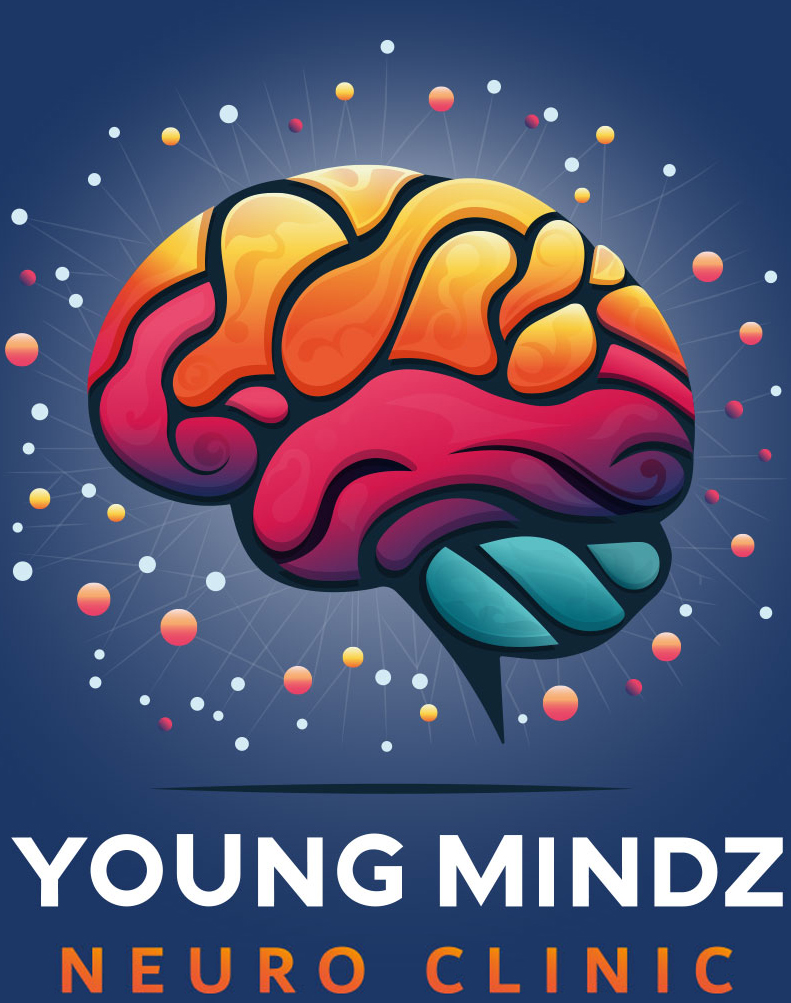COVID-19 Resources for Neurology Coaches... Learn More
Sleep Disorders
Sleep is an important aspect of life for our body to restore itself, fight disease, build immunity, and most importantly in children, development and growth. Sleep problem can have negative effect on cardiovascular, metabolic, cognitive and behavioral consequences.
What are symptoms of sleep disorders in children?
Symptoms that could be a sign of a pediatric sleep disorder include:
- Snoring
- Difficulty in breathing during sleep
- Restless sleep
- Frequent awakenings
- Night sweating
- Bedwetting
- Daytime sleepiness
- Irritability, aggressiveness
- Impaired cognitive function
- Poor school performance
- Poor appetite
- Headaches
How can we help children with suspected sleep disorder?
Doctor can evaluate and order the necessary testing and also manage and provide recommendations. Doctors can also make referral to a sleep clinic if needed to help with further evaluation (sleep study) and treatment:
- Difficulty falling and staying asleep (insomnia)
- Sleep apnea
- Nightmares
- Night terrors
- Insomnia
- Sleep walking/sleep talking
- Periodic limb movement
- Restless leg syndrome
- Narcolepsy
What is a sleep study?
Pediatric polysomnography is an overnight sleep study which record brain waves, oxygen level, heart rate and breathing with video monitoring.
Multiple sleep latency test (MSLT) is an extension of the overnight sleep study or polysomnogram to determine disorders associated with excessive daytime sleepiness.
What can you expect at a pediatric sleep study?
During a sleep study, your child will undergo painless testing in a comfortable environment set up to match regular sleep and bedtime patterns. The experts will monitor your child closely to diagnose the sleep disorder and establish a comprehensive, personalized treatment plan.
Idiopathic Intracranial Hypertension (pseudotumor cerebri)
What is idiopathic intracranial hypertension?
Idiopathic intracranial hypertension is a condition that causes pressure inside the skull. It is also called “pseudotumor cerebri.”
High pressure around the brain causes headaches and vision loss.
What causes idiopathic intracranial hypertension?
Doctors do not know. But idiopathic intracranial hypertension is more common in females and people who have obesity.
Certain medicines seem to make some people more likely to get idiopathic intracranial hypertension. These medicines include tetracycle, high doses of vitamin A, and growth hormone.
What are the symptoms of idiopathic intracranial hypertension?
The symptoms include:
- Bad headaches – Some people say that the worst pain is right behind their eyes.
- Short periods of vision loss – This can happen in 1 or both eyes. It usually lasts a few seconds, and might happen once in a while or several times a day.
- Dimming of vision
- Trouble seeing things at the edge of your line of sight
- Double vision
- Seeing flashing lights
- Noises inside your head – The noise might sound like rushing water or wind. It often pulses in time with your heartbeat, and can come and go. Doctors call this “tinnitus.”
In rare cases, people with idiopathic intracranial hypertension lose their vision forever.
Will I need tests?
Yes. Tests can include:
- Eye exam – An eye doctor uses special tools to look for swelling at the back of your eye, near the optic nerve (figure 1). Most people with idiopathic intracranial hypertension have swelling of the optic nerve. The optic nerve connects the eye to the brain.
- Visual field test – This test checks how well you can see things at the edges of your line of sight. The test will be repeated occasionally to check your optic nerves.
- MRI or CT scan – These are imaging tests that take pictures of the inside of your brain. Your doctor can use them to check if a tumor or other problem is causing your symptoms.
- Lumbar puncture – During this procedure, a doctor puts a needle into your lower back to measure the fluid pressure inside your skull. A lumbar puncture is sometimes called a “spinal tap.”
How is idiopathic intracranial hypertension treated?
Treatments include:
- Weight loss – If you are overweight, your doctor will recommend healthy ways to lose weight. If you are very overweight and cannot lose weight through changing your diet and exercise habits, your doctor might recommend medicines or weight loss surgery.
- Medicines – Your doctor might prescribe medicines that help lower the amount of spinal fluid your body makes. Spinal fluid is the fluid that surrounds the brain and spinal cord. They might also recommend medicines used to prevent and treat headaches.
- Surgery – Doctors only do surgery if losing weight and taking medicines don’t help enough. The kinds of surgery include:
- Shunting – In this surgery, a doctor puts a device called a “shunt” into a fluid-filled space inside your brain. The shunt is connected to a tube that is placed under your skin and empties into your belly. The shunt helps drain the extra spinal fluid from your brain and can relieve the pressure.
- Optical nerve sheath fenestration – In this surgery, a doctor cuts a tiny, window-like hole in the tissue that covers the optic nerve. This helps lower pressure on the nerve to help save your vision.
Patient education: Weight loss treatments (The Basics)
Patient education: Losing weight (Beyond the Basics)
Source: UpToDate


